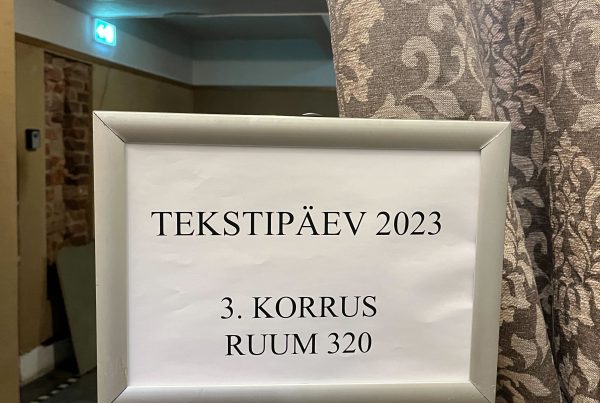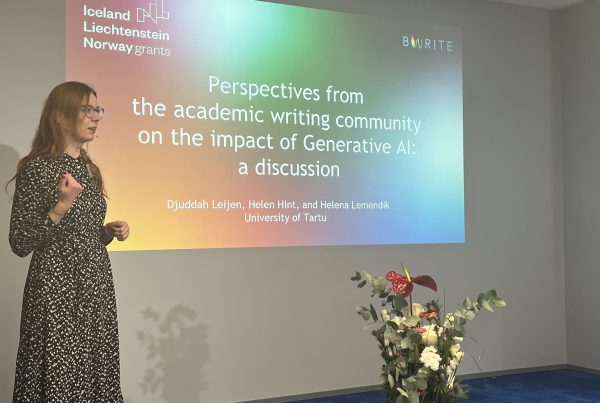From August 29 to September 02, 2022, Jolanta participated in the 16th International ESSE (European Society for the Study of English) conference which took place at Johannes Gutenberg University, Mainz, Germany. Together with dr. Maria Freddi from Pavia University (Italy) Jolanta co-convened a workshop titled “Persuasion in Scientific Discourse: Strategies and Linguistic Resources”. She also presented the results of the project work in her talk “Stance expression patterns and ways to engage the reader in expert and novice research writing”. Here is the abstract of her talk:
Author stance and engagement with the reader have been the focus of much of the empirical research into persuasive academic discourse of the past several decades (Silver 2003, Fløttum, Dahl & Kinn 2006, Hyland & Sancho Guinda 2012). Most research, however, focused on the research article genre, though increasing attention to the genre of abstract has also been observed (Gillaerts & Van de Velde 2010; Bondi & Lorés Sanz 2014). While there are many studies on various aspects of abstract as a genre in English, other academic cultures are less researched, and there is an obvious scarcity of research on novice writer texts. Despite the fact that abstracts have relatively standardized structure, stance and engagement features are not so readily predictable, and could, therefore pose a serious problem for the learners of English.
The aim of this paper is to investigate stance and engagement markers from both cross-linguistic and cross-generic perspectives. Based on a self-compiled comparable corpus of abstracts in English and Lithuanian research articles in linguistics it focuses on how influential the cultural tradition is in the expression of author stance and engagement. The stance and engagement features identified in professional writing are compared to those observed in novice writing (abstracts of BA linguistic papers written by Lithuanian students in English). The preliminary results suggest significant cultural influence on the ways authors make themselves visible in research writing and engage the readers. Student work shows that learning stance and engagement patterns could be quite challenging for novice writers.








